There’s an unspoken understanding that classical music belongs indoors, in concert halls where hushed audiences sit in rigid rows. Meanwhile, wilderness experiences unfold in separate spheres—quiet walks through forests, contemplative hikes along mountain ridges. These categories rarely intersect, separate experiences occupying separate spaces in modern life.
Hunter Noack refuses this division. A 9-foot Steinway grand piano sits improbably on the white expanse of Oregon's Alvord Desert, its black form standing out starkly against endless sky. A thousand-pound concert instrument rests on a mountaintop in Montana as skiers carve trails around it. These images capture what Noack has built over the past decade—a radical meshing of high art and natural wonder.
Growing up in central Oregon, Noack moved between piano practice and fishing trips with his father, developing parallel passions. After rigorous training at elite institutions—Interlochen Arts Academy, San Francisco Conservatory, USC, London's Guildhall School of Music and Drama—he returned to Oregon in 2015 carrying classical technique and an intuitive sense that something essential was missing from traditional performance settings.
What emerged—IN A LANDSCAPE: Classical Music in the Wild—is a bold step forward while drawing on Noack’s formative years around nature. For ten years, Noack has transported his 1912 Steinway Model D to unlikely places: desert plains, old-growth forests, mountain meadows. Audience members receive wireless headphones, allowing them to wander through spectacular settings while Noack's playing becomes a soundtrack to their exploration. Each concert is a unique convergence of planned artistry and wild unpredictability.
As Noack's piano travels from Yosemite Valley to Joshua Tree, his performances create surprising moments of harmony between music and wilderness—birds flying overhead during a melodic passage, wind rustling through trees in rhythm with a nocturne, or dramatic weather systems providing visual counterpoint to Liszt or Debussy. These serendipitous convergences starkly contrast with the algorithm-driven predictability of modern entertainment and offer a communal intimacy that traditional concert settings rarely achieve.
Lawrence Peryer recently hosted Hunter Noack for an in-depth chat on the Spotlight On podcast. Their conversation touched on how the Depression-era Works Progress Administration provided inspiration, why the unpredictability of natural settings actually calms Hunter's performance nerves, how a shared headphone experience creates audience connections, and what it's like to haul a Steinway piano across the desert. Listen to the entire conversation in the Spotlight On player below. The transcript has been edited for length, clarity, and flow.
"You Could Go Anywhere"
Lawrence Peryer: I am super curious about the genesis of the relationship between you, the outdoors, and music.
Hunter Noack: I grew up in central Oregon in a small town of Sun River, and both of my parents are very active outdoors. My dad's a hunter, fisherman, and golfer, so growing up, most of the time spent after school was either at the piano or outside.
When I moved back to Oregon after school, I was spending more time outside, and I just thought, I want to be outside more often. I want to be camping, I want to be by a fire, I want to hear the birds. There wasn't any kind of moment when I was a child where I felt a connection with being outside. It was just more of a familiarity that I realized I was missing when I grew older.
Lawrence: So with all that context, how did you arrive at the "In a Landscape" concept? Did this one have a light bulb moment?
Hunter: There were a few light bulb moments. My parents and stepfather have been involved and supportive my whole life. And especially my mom, she's a nonprofit professional, has run different music festivals, and the Afghan Women's Writing Project. And she was very helpful, not just in developing the early idea, but in helping write grants, which further refined and sculpted these ideas.
"In a Landscape" wasn't the first iteration. My mom was helping me with a grant proposal, and it was like four in the morning. She said, "You know what? If you could just put a piano on a trailer, you could go anywhere." That idea had nothing to do with the project we were working on. But I couldn’t sleep that night, and that idea stuck with me. And so it wasn't until about 10 months later that I was back in Oregon. My partner, Thomas Lauderdale, is on several different arts organization boards, and it's through him that I learned about this grant opportunity for individual artists.
Another inspiration point at that time was Yuval Sharon down in Los Angeles. He is the director of an opera company that does these kinds of immersive theater productions called The Industry. And they had done a show called "Invisible Cities" where they had musicians, singers, and dancers in Union Station while it was open. But they were in different areas, so the musicians were in one area, and the singers would traverse through the station. And the audience was given wireless headphones so they could follow whichever character they wanted to follow in the theater. But all the while, they had this concert hall quality sound, and that was the first time I had heard of a classical kind of format production with an acceptable sound in an alternative setting.
With the headphones, you could control the sound quality for everyone in the audience, and I loved that potential. Also, just being in Oregon, I was spending time in the Columbia River Gorge in these landscapes that just by being in them, I felt so inspired. So the first inspiration for this project was to take the music that most inspires me into the landscapes that most inspire me. And here, The Industry had demonstrated a technology that could help bring those things together in a way that wasn't possible before.
I had heard about the WPA, the Works Progress Administration, Great Depression of the 1930s. They presented a lot of plays and concerts outdoors in parks, in what I believe are our most democratic spaces, which are our public lands. And so that was kind of the spirit I wanted. I wanted the vibe to be about the good of the people, about championing, celebrating these incredible spaces that belong to all of us, that we all have access to.
Lawrence: I didn't quite realize the important role the wireless headphones played in realizing this. And then there’s the freedom of movement it gives the patrons or the attendees, which is fascinating. Seldom do you think about the ability to roam around without sacrificing the experience.
Hunter: I think many people, myself included, were skeptical at the beginning. People often say, "I would love to be here, but I don't wanna have the headphones." And we usually say, "Well, just hang on to them in case."
And part of the thing that happens during the show is I talk between each piece, and you can hear the piano acoustically wherever you are, but it isn’t easy to hear me talk if you don't have your headphones on. What I try to do is set up the music a little bit. Certain pieces will be especially good for wandering through the landscape. And so I'll encourage people to get up for certain pieces, or if there's a body of water nearby they can stick their toes into, I might play a piece by Debussy called "Reflections in the Water" and ask them to get in the water and watch the light dance through the water.
There are other pieces where I want people to feel a kind of resonance, like the physical resonance of the piano. And so I'll invite them onto the stage to lie underneath the piano. Whether it's giving physical direction, some historical context about the piece, or my own interpretive story or relationship with the sounds, all that I’m saying gives people some context and a way into the music. And then with the headphones, you would think it might be isolating. What I feel happens is that the microphones are inside the piano, and when I'm talking, it's like everybody's ears are right next to me.
Lawrence: It's like a close-mic’d recording.
Hunter: Yeah. And everybody's sharing this experience, so even when I see someone way off in the distance wandering around, I feel very close to them. And one thing I have heard happens often when people are exploring the landscape is that they can connect and make eye contact. There's a feeling of connection, almost because of the shared experience of the headphones.
And then on top of that, these magical things happen that nobody could create in a theater. I'll play some sort of swooping gesture, and then a flock of geese will fly by, a beam of light will come out, or it'll be a storm, and then there's a giant rainbow. And there are these things that we all then get to experience in the landscape together, witnessing this magic all of us simultaneously, which also has this incredible power to feel like it's bonding. I feel like I'm a part of it with everybody else. That can happen in a concert hall and a playhouse, but this is just different. It’s a surprising thing that the headphones facilitate that connection.
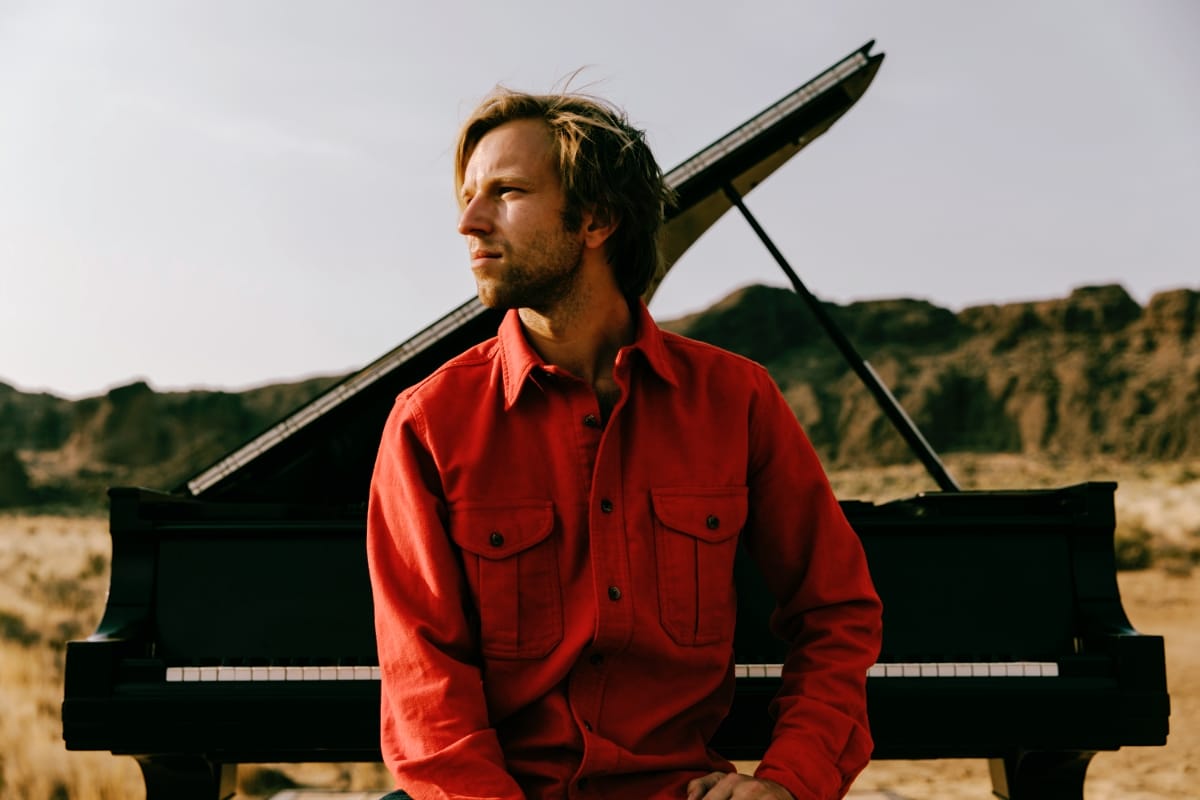
Thunderous Symphony of Sound
Lawrence: I'm curious about your interaction with the environment. I can only imagine the different conditions you are in. It’s one thing to say, “Oh, I’m returning to this concert hall. I know what it's gonna be like," versus, "Wow, what's gonna happen here?" How do you deal with that unpredictability?
Hunter: It is really hard sometimes. One thing I noticed a lot before I started this project is that everything is very controlled and predictable in a concert hall. You know roughly what the temperature's going to be and what the piano's going to be like. You know the audience is, for the most part, going to be quiet and attentive.
What that did for me was create a lot of anxiety. So I often had memory troubles. My hands often felt like they were somebody else's hands. I would just get so debilitatingly nervous in a concert hall. Then I started performing outside. The very first concert was at Vista House in the Columbia River Gorge. This group of Harley-Davidson riders, there were probably 60 motorbikers who came. They did this circle around Vista House, and I was playing, and there were maybe a hundred people crowded around, looking out over the gorge. At first, I was like, "What do I do?" There's all this rumbling noise, and I'm here playing my little forest scenes.
And so I stop playing. I learned this piece from the American composer, Frederick Rzewski, which imitates the sound of a cotton mill. It starts at the bass end, and I rumble and play blocks of notes with my arms and elbows, and it's like this thunderous symphony of sound. And so I started playing that, and it was like competing and conversing in a way with the noise of the landscape. And the bikers did a circle, and then they went on, but it was the first time I'd ever changed what I was playing because of the environment. And since then, that happens all the time. There are concerts where I've played in the moonlight in Big Sky, Montana, in the winter in negative two degrees. There are concerts where a storm comes and there's lightning and thunder, so we put up a tent and everybody gathers, huddles in the rain around the piano, and it's chaotic.
But sometimes, when the environment is less perfect, my focus is sharper because I have to try harder to communicate what the music is trying to say. There's less space for me to get in my way. That kind of exercise of sometimes pushing against—sometimes being outside is not the piano's natural habitat, but then when it's a perfect day and it's 76 degrees and there's a little bit of a breeze and there are birds and it's still—then, when there's no resistance, I no longer have the kind of nervous, self-critical voice in my head obstructing the expression of the music.
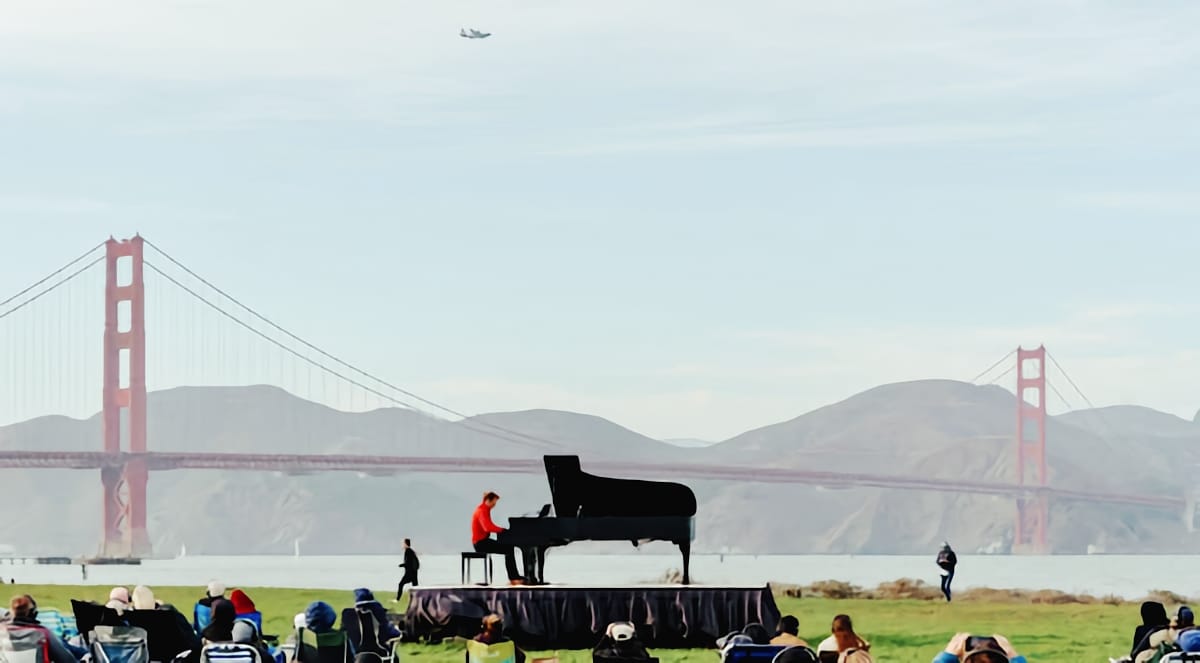
Lawrence: So, do you travel with your own piano and tuner, or is there an advance team that arranges a piano and a tuner? And by the way, two degrees below—how the hell do you keep the piano in tune? (laughter)
Hunter: When we first started this, many people suggested that I use a keyboard or a smaller piano because it would be easier to bring all over the place. It was important to have the best piano in the world, the same type in Carnegie Hall, and be out in these inspiring landscapes that deserve the best.
The first year we rented Steinways and we did just nine locations around Portland. But then the next year, I wanted to bring it all over Oregon, to the Alvord Desert, which is basically kind of like a Burning Man style dry lake bed. The local Steinway dealer, incredibly supportive of the project, said, "Hunter, we love that for you, but we just can't. It's too expensive and we can't take on that liability."
I'd become friends with this incredible businessman and philanthropist, Jordan Schnitzer. He had helped buy the headphones the very first year. We were talking about the importance of the piano, not just the sound of the piano, but the theater of it. Like seeing this nine-foot concert grand Steinway in these majestic settings—that in and of itself is enough to get people curious and take a chance on a classical piano recital.
He bought the piano we still use, a 1912 nine-foot Steinway Model D concert grand. It's been restored, and it's an incredible instrument. The very first year that we used this was 2017. We had to figure out how to move this thousand-pound instrument that usually takes three very strong people to tip it on its side, remove the legs, put it into a box truck, and in and out. That process costs between $600 and $1,200 every time you move it.
So we developed a way to transport the piano on its belly. We take off the legs. I went on Uline, I bought some hydraulic lifts, put them under the piano, and tried it out, and it worked. We're still essentially using the same system we developed in 2017.
A couple of years ago, we played a show in New York at Baryshnikov Arts Center, and Steinway brought out one of their brand new Steinway Spirios. And we were talking to the lead technician about how we move it, and he said, "That’s better for the piano because you're not tipping it up on its side." And there are also now the carbon fiber and synthetic parts that we can install inside the action of the piano, which make it a little bit more resilient to dramatic changes in temperature and humidity.
And then there's the trim of the body, three and a half inches thick. So they're built like tanks, and they're incredibly resilient. We have a piano technician work on the piano for usually 90 minutes before every concert, so it's all tuned up and dialed in and concert hall ready. By the concert’s end, it’s usually out of tune a little bit, but it’s worth it.
A Footprint the Size of a Trailer
Lawrence: Having the majesty of the piano seems to be a key component. And I'm familiar with some places you're playing on the upcoming tour. They're all in beautiful and diverse settings. You're gonna be up in the mountains, you're going to be on the coast. How do you scout?
Hunter: From the beginning, how we choose where to play is not formulaic. I do all the scouting. I physically go to all of the places. But to get to that point, much of it is word of mouth. "Oh, you should check out this ranch. You should check out this park." I do a lot of preliminary scouting on Google Earth.
When I started, I wanted to focus on public lands, but then my interest expanded into natural resource management and working landscapes. This project has been a fascinating way to learn about forest management practices in the Pacific Northwest. So we work with many organizations on both ends of the spectrum. We work with a lot of conservation groups and land trusts. We also work with industry leaders like Stimson Lumber.
We played at one of their logging mills in the lumber yard. We worked with Greenwood Resources in a managed timberland about eight miles up a logging road. At that concert, people were able to drive through the kind of patchwork of forest, seeing the 48-year clear cuts, then going up to the top of this mountainous region, looking down over the ocean, and during the concert, being able to walk through a 15 or 20-year-old stand and see what that forest looks like.
This year, we started with about 360 potential venues, and we knew we had to whittle that down to about 40-50 venues. We try to have a combination of places like out-there adventures, like the Alvord Desert, which, no matter where you're coming from, is this magical, remote part of Oregon. But then we also do concerts in urban green spaces. We also do some resorts, meaning there’s something for everybody, and the six of us traveling on the tour. This provides interesting variety—some places are quite comfortable and others are much more challenging.
We don't need any infrastructure to present a concert. We bring absolutely everything that we need. Our equipment is off-grid, solar-powered, and our footprint is the size of a trailer. It's the reason that we're allowed to do this. We're the only musical event allowed in Yosemite Valley, in Joshua Tree. It's a light-touch production with no amplified sound, so it works in very environmentally sensitive landscapes.
At every concert, about half of the audience is local, and half of the audience travels more than 50 miles to attend. And especially these days, when there is a disconnect between the people living in more urban areas versus more rural areas, these concerts are places where there is a lot of mingling and mixing with people that otherwise wouldn't be spending time together.
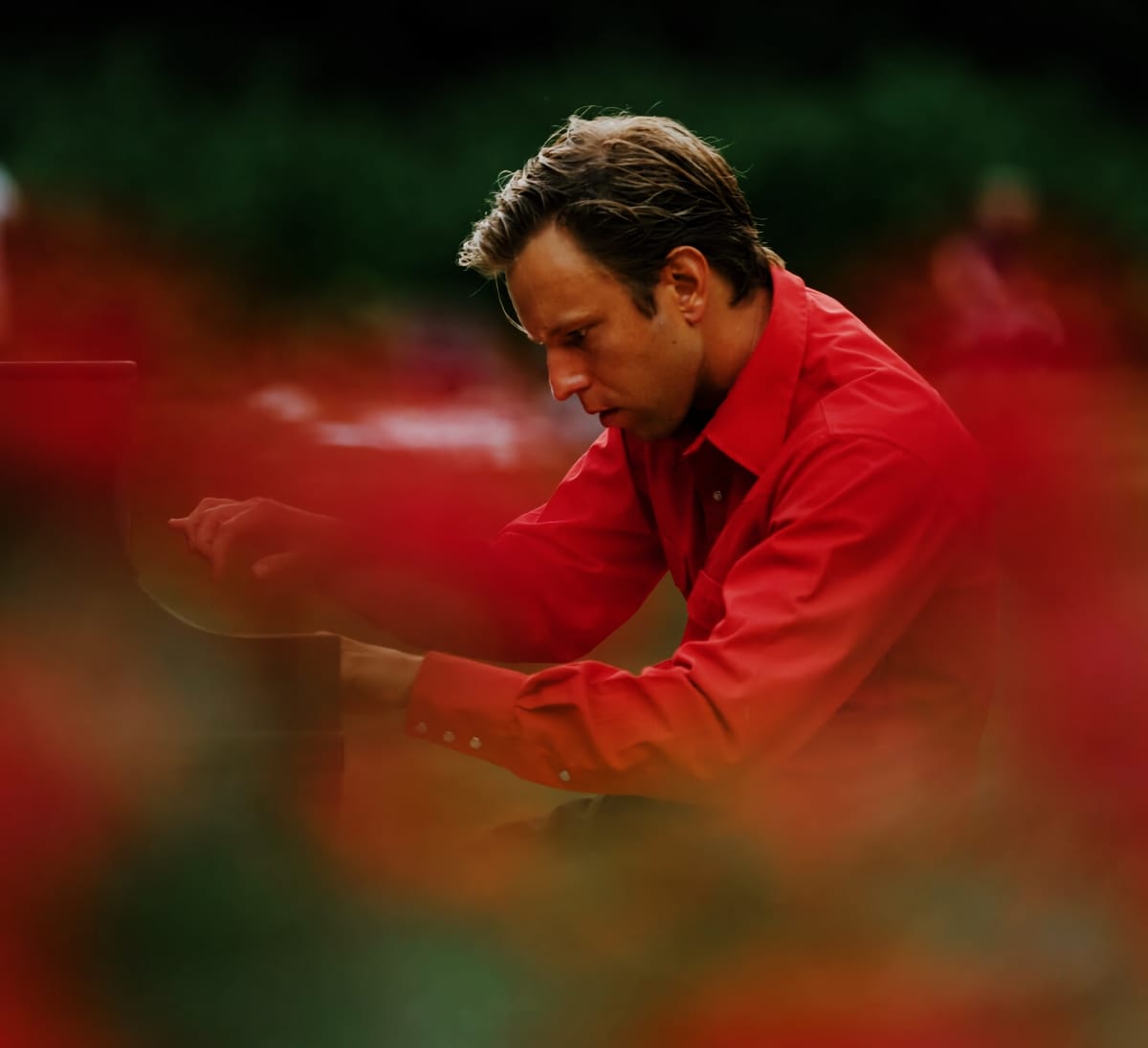
Lawrence: I would imagine that in some of these communities and locations, you’re not necessarily playing to the same crowd that shows up at the local symphony to hear the canon. You're getting a new or adventurous audience compared to the typical classical music goer. How do you think about crafting the program for them?
Hunter: You assume correctly, it is not your typical symphony crowd. For about one-third of our audience, this experience is their first time with live classical music. So there are a lot of first-time listeners, and that does factor into how I choose what to play. Choosing the repertoire for a season is a challenge every year because I want to play music I love. I want to play music that feels like it would be lovely to experience outside, and I want it to be approachable in the best way.
A typical solo piano concert might be organized chronologically. There would probably be “Moonlight Sonata," for example—I would play the third movement. I rarely play the whole work. I have no problem taking a movement from this, a movement from that, and playing an excerpt from this. I try to build a program with an arc, a story that is dynamic. There are certain things that I know I want to do, like I know I want a spacious piece that’ll be my "get up and go wander around" piece.
This past year, I played a piece by John Cage called "4′33″." And so I had everybody remove their headphones, and we just listened to the landscape. John Cage also said you could do that for any amount of time, and four minutes and 33 seconds ended up being a little bit too long. So we would just do that for like 60 seconds.
I am much more flexible and fluid, and many classical institutions and musicians would not approve of my programming method.
Lawrence: It's almost like the Pops approach.
Hunter: It's “What kind of show would I want to go to?" I like music that I can get into, where there's a story or something that grabs me and holds me in the world of the music. I try to program music that makes me feel something, and it's not always romantic classical piano pieces. It spans from the 17th century up to music written for me or a particular place. And I like how that variety is really important. I’m exploring piano music, music for this instrument, and the more variety, the more beauty, the better.
Visit Hunter Noack at hunternoack.com and the In a Landscape project at inalandscape.org. Purchase Hunter Noack's In a Landscape from Qobuz and listen on your streaming platform of choice.
Check out more like this:
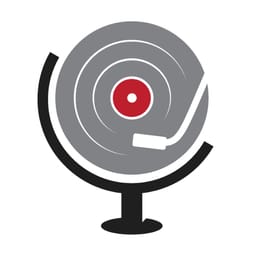 The TonearmLawrence Peryer
The TonearmLawrence Peryer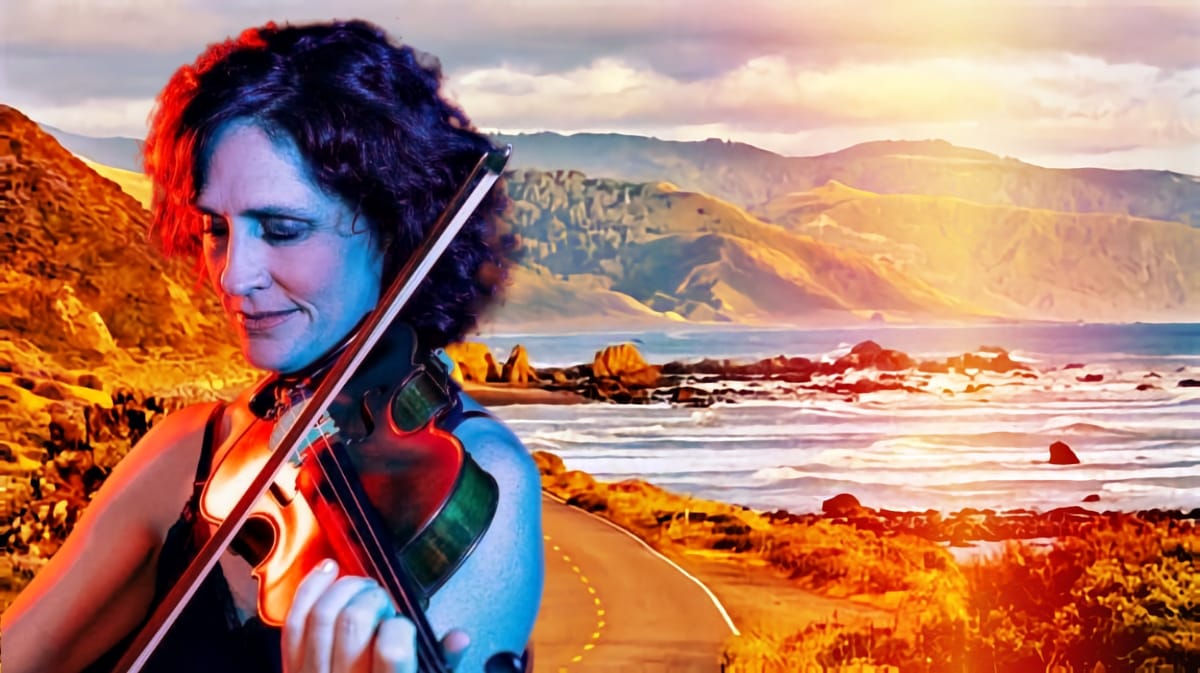
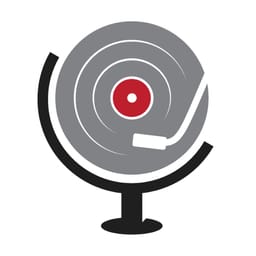 The TonearmLawrence Peryer
The TonearmLawrence Peryer



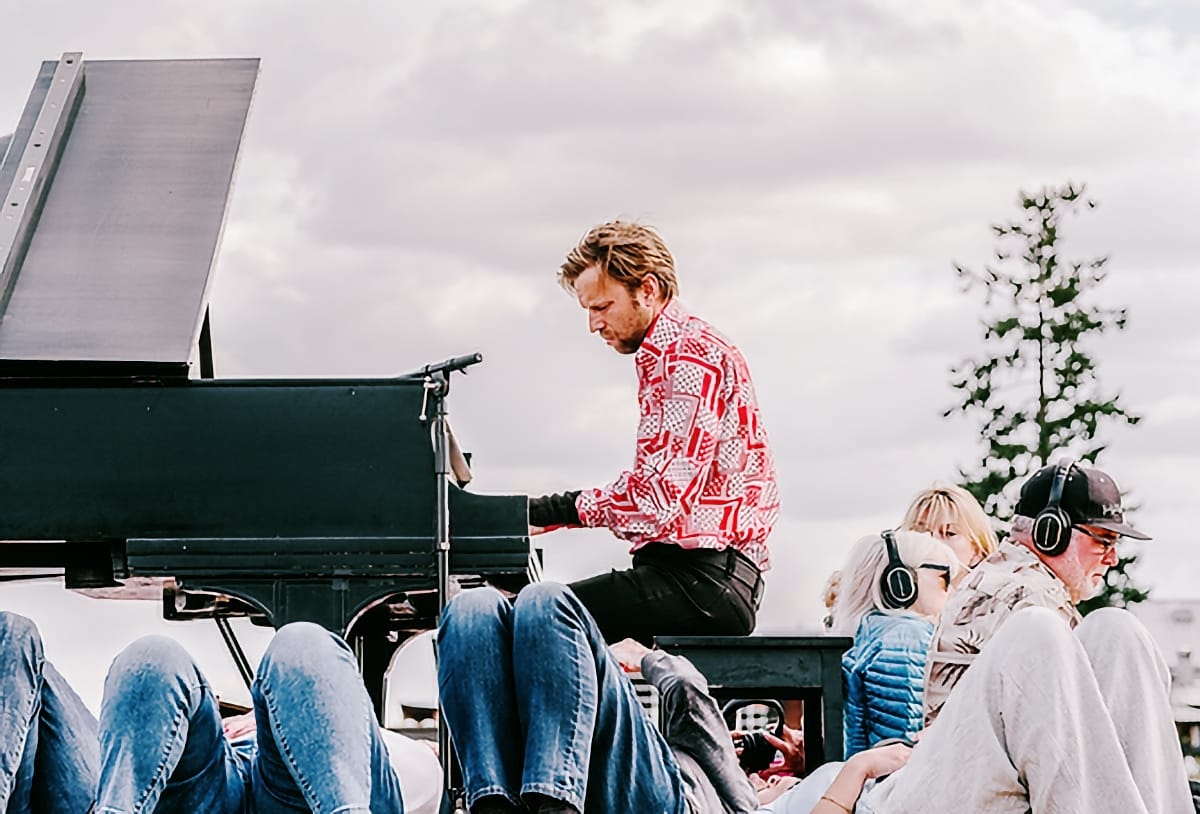

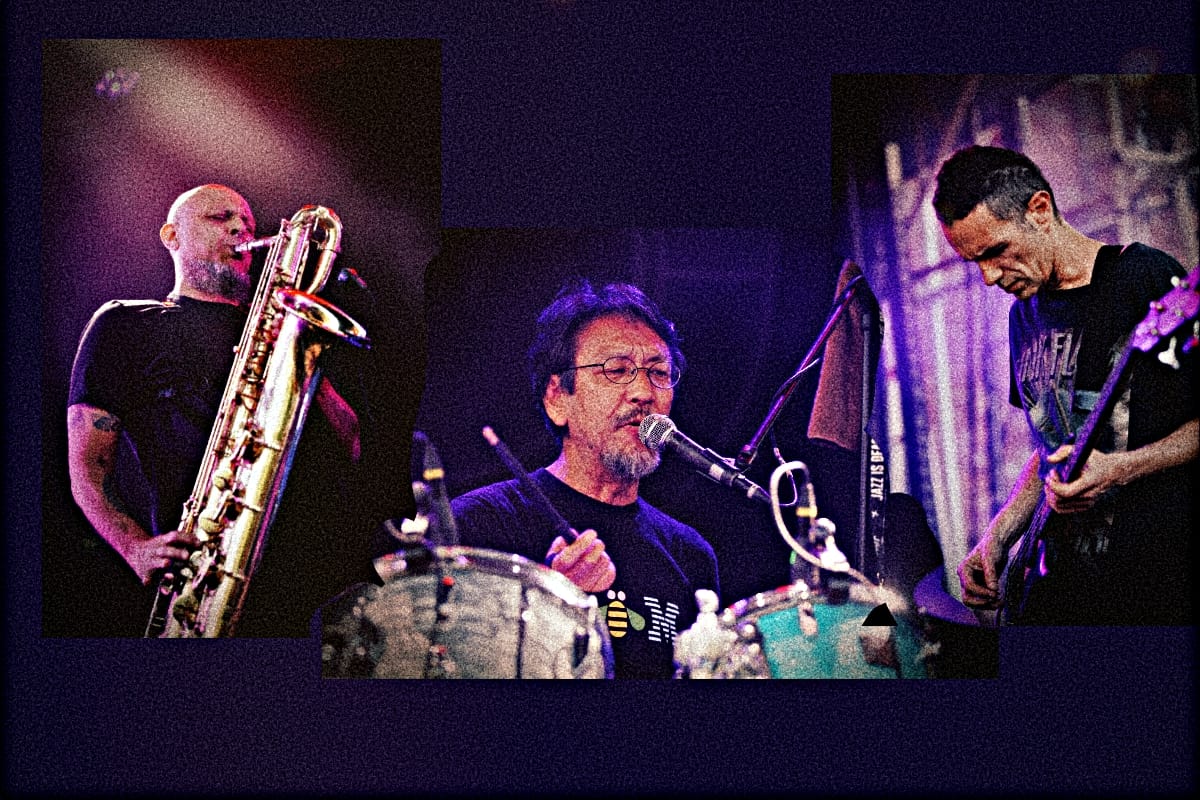
Comments